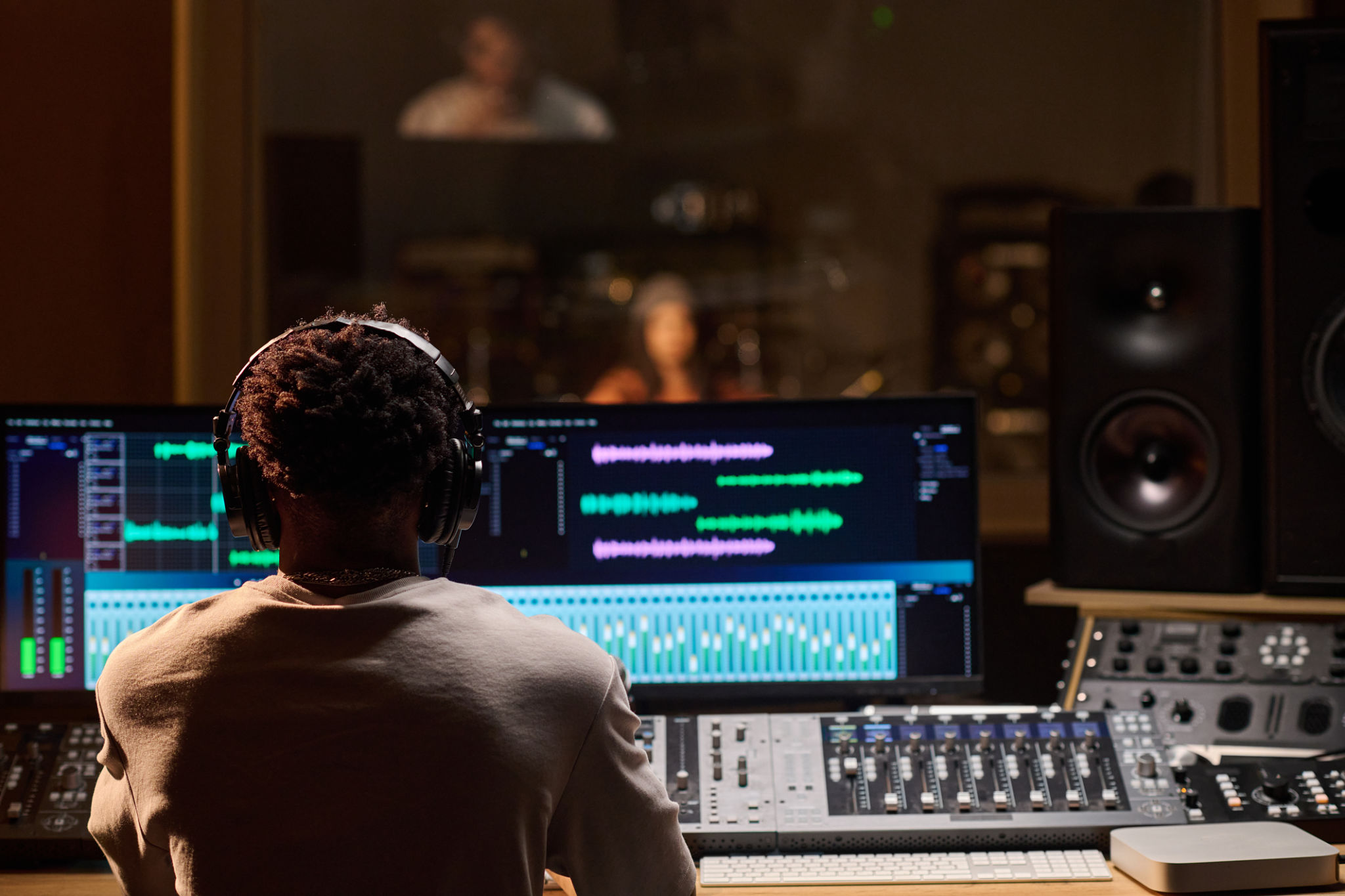The Ultimate Guide to Audio Post-Production with Pedro Pereira
PP
Welcome to the ultimate guide on audio post-production with the renowned expert, Pedro Pereira. Whether you're a budding audio engineer or a seasoned professional, understanding the nuances of post-production can elevate your projects to new heights. Dive into the following insights to enhance your audio craftsmanship.

Understanding Audio Post-Production
Audio post-production is a crucial phase in any audio project, involving the refinement and enhancement of sound. This process includes editing, mixing, and mastering, ensuring that the final product is polished and professional. Pedro Pereira emphasizes that attention to detail during this stage can make a significant difference in the quality of the audio.
From adjusting levels to adding effects, each step requires precision and creativity. Understanding the tools and techniques available can help you achieve the desired sound quality. Let's explore some key components of audio post-production.
Editing: The Foundation of Quality
Editing is the first step in audio post-production, where you remove unwanted noise, trim clips, and arrange them in a cohesive order. Pedro Pereira suggests using digital audio workstations (DAWs) to streamline this process. Popular DAWs like Pro Tools and Logic Pro offer a range of features to assist in meticulous editing.
Focus on maintaining a natural sound while ensuring clarity and consistency. Enhancing dialogue and synchronizing sound effects can significantly affect the listener's experience.

Mixing: Balancing the Elements
Mixing involves combining individual audio tracks into a single cohesive piece. This stage requires balancing different elements like dialogue, music, and sound effects. Pedro advises paying attention to the frequency spectrum and using equalization (EQ) to ensure that each element occupies its space in the mix.
Techniques such as panning and reverb can add depth and dimension to your audio. Experimenting with these effects can lead to a more immersive experience for your audience.
The Art of Mastering
Mastering is the final step in the audio post-production process, where the mixed audio is finalized for distribution. Pedro Pereira highlights the importance of mastering in ensuring that your audio sounds consistent across various playback systems.

Mastering involves fine-tuning levels, applying compression, and adjusting the overall tonal balance. It’s essential to maintain the integrity of the original mix while enhancing its overall impact. Consider professional mastering services if you're aiming for commercial release.
Embracing Technology
With advancements in technology, audio post-production has become more accessible and efficient. Tools like AI-driven plugins and cloud-based collaboration platforms have revolutionized the way audio professionals work. Pedro encourages embracing these technologies to streamline workflows and enhance creativity.
Staying updated with the latest trends and tools can provide a competitive edge in the industry. Continuous learning and experimentation are key to mastering audio post-production.

Conclusion: Elevate Your Audio Projects
Audio post-production is an art form that requires both technical skills and creative vision. By following the guidance of experts like Pedro Pereira, you can refine your techniques and produce exceptional audio projects. Whether you're working on films, music, or podcasts, investing time in post-production will yield impressive results.
Remember, the journey of mastering audio post-production is ongoing. Keep exploring, experimenting, and listening to elevate your craft to new levels.